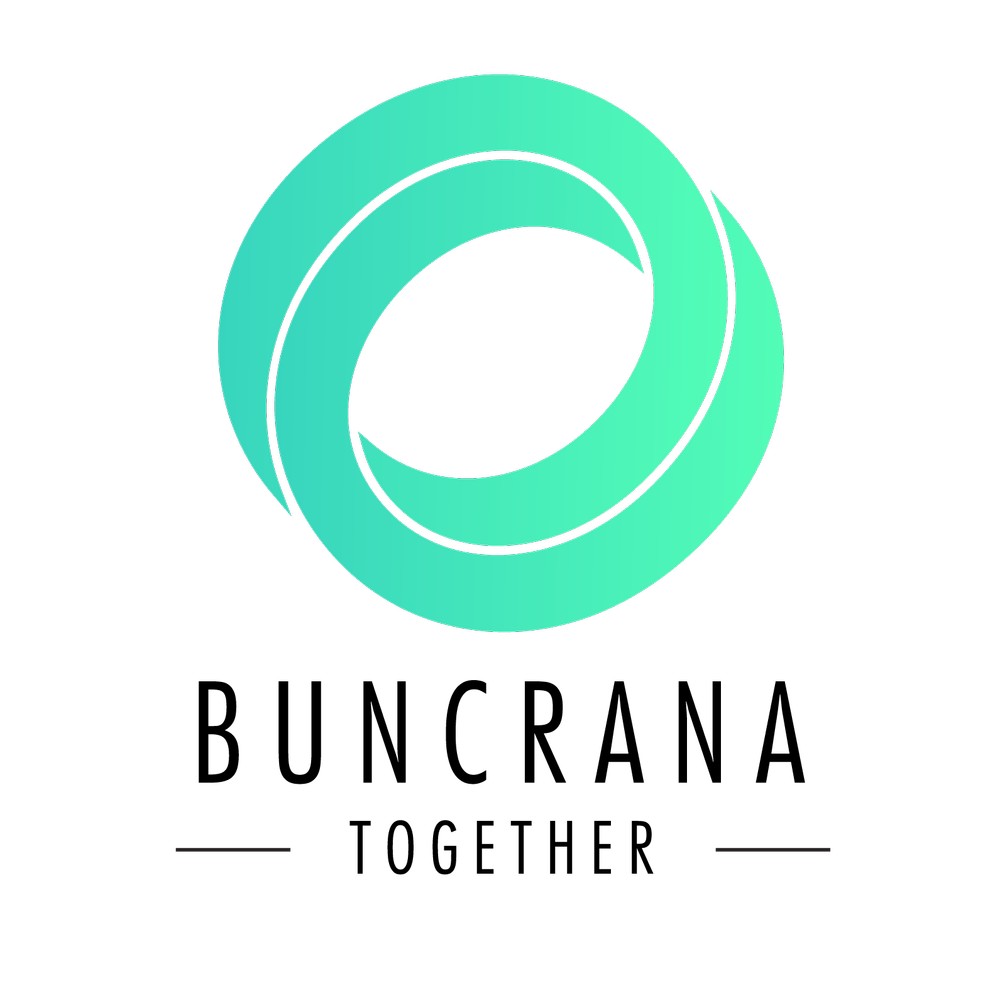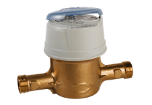For part of this aritcle I am going to refer to a white paper – Smart Metering for Water Utilities created by, believe it or not, the Oracle Corporation. This is a company which started out as a software company but now has diversified into a multinational company with multifaceted subsideries. So why is this company bothering about water utilities and smart meters? Perhaps its because of the trillions of dollar of profits worldwide that companies like themselves can make out of the global rollout of water, gas, electricity metering systems with the ultimate goal of implementing a fully functioning smart grid in every country throughout the world.
Metering International says that according to Electric Power Research Institure, in the U.S alone the costs to implement a fully functional smart grid range from $338 to $476 billion but this can result in benefits between $1.3 and $2 trillion.
Oracle in their acquisition page http://www.oracle.com/us/corporate/acquisitions/dataraker/index.html states “ In 2012 Oracle acquired DataRaker, a leading provider of a cloud-based analytics platform that enables electric, gas and water utilities to leverage vast amounts of data to optimize operational performance and improve customer service. Leading-edge utilities are investing in infrastructure to collect massive amounts of data from millions of distributed smart meters and sensors. This 'Big Data' requires an innovative technology platform to process and analyze the information so that utilities can then leverage it into actionable business intelligence. DataRaker when combined with Oracle Utilities solutions are expected to transform meter, customer, network and asset Big Data for improved decision-making capabilities.”
Well I couldn't put it better myself especially if you want to gloss over the fact that you want to make as much money as possible and to do this you are going to use the latest technology to gather as much information as you can get. You can then ( I couldn't think of a better way of putting this) 'leverage it into actionale business intelligence'.
Look up Big Data on your browser http://www.webopedia.com/TERM/B/big_data.html
Smart Metering Defined (remember I am still referring to Oracles White Paper) http://www.oracle.com/us/industries/utilities/046596.pdf
In today's global water industry, Smart Metering generally indicates the presence of one or more of the following
Interval meters on customer premises that meassure consumption during specific time periods and communincate it to the utility company. While in the electric industry measurement intervals can be as short as every 10 or 15 minutes, water intervals of 30 to 60 minutes generally provide adequate information.
A communication channel that permits the utility, at a minimum, to obtain meter reads on demand, to ascertain whether water has recently been flowing through the meter and to issue commands to the meter to perform specific tasks such as disconneting or restricting water flow.
Smart Metering uses more robust communications channels controlled from a central point and readily available on demand. It accommodates interval data collection, not merely simple totals and facilitates delivery of a wide variety of services such as remote disconnects and checks to ensure that service is currently available.
Everblu Cyble Enhanced
Aquidis
Irish Water's Meters What Type Are They
Irish Water are using an Ltron Aquadis + meter which has been fitted with an Everblu Cyble Enhanced transmitter attachment. This is an AMR, Automated Meter Reading, RF, radio frequency transmitter.
Irish Water in response to a the question by senator Fidelma Healy Eames 'Why are hudreds of millions (c. 539m metioned with speculation figures of up to 1 billion) being spent on obsolete drive-by meter when most other countries are migrating to smart meters stated
“Irish Water have procured meters and radio units that comply with all relevant European and International Standards. Each water meter has a low power radio unit fixed to the top which enables it to be read periodically from a passing van. This is what is known as Automatic Meter Reading (AMR). We do not currently employ smart metering technology and we have no plans to do so at this time. However, our meters are capable of being integrated into an AMI or smart meter reading system, should that ever be required. Experience from the UK water sector and assessment of pilot schemes underway indicated that fully automated metering was only in the early stages of development with technology, data communications, and data protection issues still to be resolved.”
In other words smart metering is down the line and can be implemented when required. See http://fidelmahealyeames.ie/2014/02/26/that-irish-water-in-deference-to-the-householders-it-expects-to-pay-water-charges-would-provide-a-full-and-factual-reply-to-questions-that-remain-unanswered-in-relation-to-irish-water-uisce-eireann/
Interestingly in the same artice in question 5 Q.13 What was the cost for smart metering?
Irish Water replied “Irish Water could have chosen either a manual (readable by walk-by only) or automatic (readable drive-by or data transmission) meter solution. Initial focus was primarily on the utility meter data collection mode to be adopted in the context of satisfying the meter installation program (start July 2013 – End December 2016) and domestic billing commencement (January 2014 at that time) timelines.
As a brand new utility installing its meters for the first time it was immediately decided that Irish Water would opt for an automatic solution to avail of the efficiency and data benefits such installations provide. The question then during summer / autumn 2012 was to determine which version of automatic metering to adopt? Two considerations were central in determining how automated the metering solution should be;
1. relative straightforwardness & robustness of the available solutions
2. relative applicability of alternate solutions to all meter installation locations.
Experience from the UK water sector and assessment of pilot schemes underway indicated that fully automated metering was only in the early stages of development with technology, data communications, and data protection issues still to be resolved. No UK water company was using such technology for mass billing of domestic customers. In addition the implementation of a data transmission type solution would involve the added complication of installing an extensive network of local concentrators & transmission masts to pick-up & relay meter signals and land acquisition, way-leaves and planning processes to facilitate same. By contrast drive-by solutions were extensively deployed, including within Ireland in respect of non-domestic water meter reading and did not involve any site or planning complexity.
It was considered that a transmission-type metering solution would be more applicable to and more efficient in particularly densely populated areas wherein small numbers of mast & relay installations could collect large amounts of data and in areas of higher leakage wherein leaks could be identified & action taken in more timely fashion. However information as to precise locations satisfying these criteria would be more available to Irish Water once it had installed its initial meter estate and could review metering costs and network performance geographically and prioritise candidate locales for the installation of meter data transmission infrastructure – ultimately there would always be locations to which deployment of transmission mode metering would not be feasible. By contrast drive-by was a solution with universal applicability and not one whose deployment would be data or analysis dependent and some if not most locales were likely to remain read by drive-by of necessity.
Consequently it was determined that the best route forward was to select meters that provided for initial universal deployment (same service for all metered customers) of proven drive-by meter reading and to commence meter reading and billing with the relative simplicity that came with deploying a single solution. Our meter procurement process subsequently specified meters capable of being read at 75 metre distance and at 40 kilometre /hour. The meters procured incorporate functionality capable of being used in “transmission” mode in the future. Irish Water may exercise this option as and when technology development, customer base analysis and funding permit. “
Buncrana Together March 16 2015






